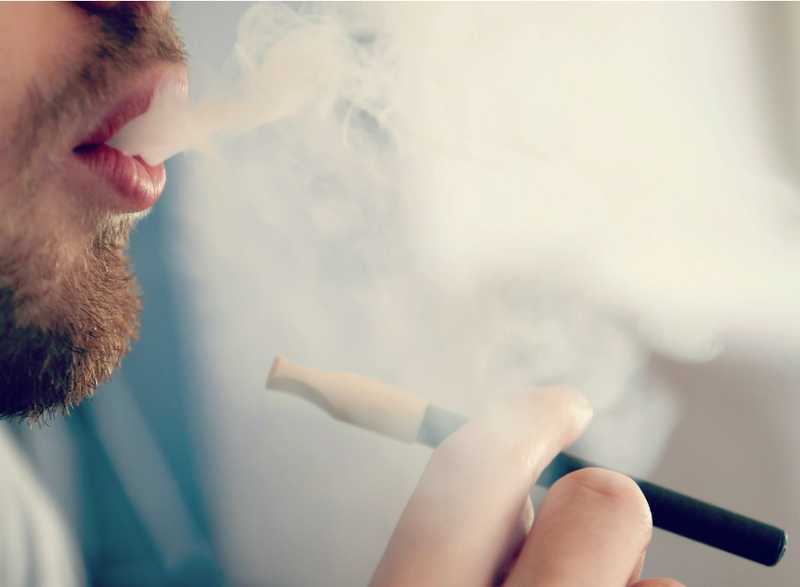If you're like most marijuana users looking to get into vaping, you probably have some questions. Vaporizing, or vaping for short, has become an incredibly popular marijuana delivery method over the last several years, and more and more people are appreciating the medical benefits and convenience that vaping has to offer. As a medical professional, I'm all about medical benefits and convenience. So let's discuss marijuana vaping, shall we?
What is Vaporizing?
A vaporizer is a device that heats up marijuana for the purpose of releasing its active ingredients without burning them. While smoking marijuana can be an effective delivery process, many consumers have found that the ash produced by smoking is too harsh on the lungs. Proponents of vaping hail it as a safer alternative to smoking that still provides marijuana's positive effects. Vaporizers are compatible with marijuana buds, wax, oils and eLiquid.
Using a Vaporizer
Consumer use of vaporizers depends upon individual preferences. As a general rule, consumers who use whole herbs grind them finely before smoking. This produces a finer flavor and a more pleasant vaping experience. The herbs (or the marijuana concentrates, if the consumer prefers) are then placed in the vaporizer's compartment, where they are heated and prepared for inhalation. Unlike other types of marijuana inhalation, vaporizing doesn't produce any visible smoke. Instead, the user experiences only a pleasant taste with each inhalation.
Filling the Vaporizer
As I mentioned earlier, vaporizers can be filled with a whole host of different marijuana products, from waxes to whole herbs. The choice of what to use depends largely on what you like and don't like. On one hand, people who enjoy smoking may choose to purchase a vaporizer that can be filled with finely ground marijuana, which allows for exploration of different strains and tastes. On the other hand, people who don't enjoy smoking and would prefer to inhale cannabis exclusively through vaping may prefer to purchase concentrates, like oils or waxes. A word of caution about oils: they may contain harsh chemicals that can harm your lungs, so do your research before you buy. Substituting one danger for another is no way to live life.
Conduction vs. Convection: Which Is Best for Vaping Marijuana?
As you dive deeper into vaporizers, you'll soon discover that there are two distinct types: those that use conduction heat and those that use convection heat. Get ready for some science: Conduction and convection are two different types of heat transfer; conduction occurs when heat is transferred between two objects (such as when a hot stove surface heats up a pot), while convection occurs when liquid or gas are involved (such as in the creation of steam). I'm often asked which process I believe is best, both for efficiency and medical benefits. The answer is that most professionals, myself included, believe that convection vaporizers are more efficient and offer a better inhaling experience.
Why? Conduction vaporizers often use metal chambers to heat the marijuana product, resulting in uneven heating. The metal is heated continuously, even if you aren't actively inhaling from the vaporizer. Further, if you pack the chamber too tightly, you may need to stir and shake after the initial pulls to encourage thorough heating. If a marijuana bud, for example, is packed into the chamber, the part that touches the metal will get hotter than the rest. This isn't an issue if you're using oils and other concentrates, but if you're using whole or ground plants, you could end up playing hot potato.
Convection vaporizers are more efficient because they offer even, on-demand heating and a decreased risk of burning the plant. Consider a regular oven versus a convection oven - convection ovens distribute heat evenly so you don't undercook half the turkey and burn the other half. Think of your marijuana bud as that turkey. Even heat distribution makes everything better.
Loose Leaf vs. Cannabis Concentrate
The next large question that arises surrounding the topic of vaping is whether to use loose leaf marijuana or marijuana concentrates. People who want to engage in environmentally friendly vaping will appreciate loose leaf vaporizers, as they present less plastic waste and a lower level of processing. On the flip, people who want to use their vaporizers on the go or in public may prefer to use concentrates, which produce less smell and are more portable. Concentrates are generally more convenient, because loose leaf vaporizers require filling and heating time before every use.
When choosing between loose leaf and concentrate, you'll also need to consider the experience each option offers. All vaporizers change the smell and taste of medical marijuana slightly, but many consumers who consider themselves connoisseurs don't care for the smell of plants that have been vaped. Because of this, many people opt to vape concentrates exclusively. Keep in mind that, since vaporizing is a cleaner method of medical marijuana inhalation, the effects of inhalation are often markedly less "heady," which many users appreciate.
The Case for Vaping Cannabis
If you're looking for a clean, effective form of marijuana inhalation, vaping may be your go-to. From providing immediate, effective relief from various symptoms to offering an inconspicuous way to enjoy medical marijuana in a group setting without the harsh effects of smoking, vaping is a fantastic option for many medical marijuana users.
Photo credit: Vaping360
